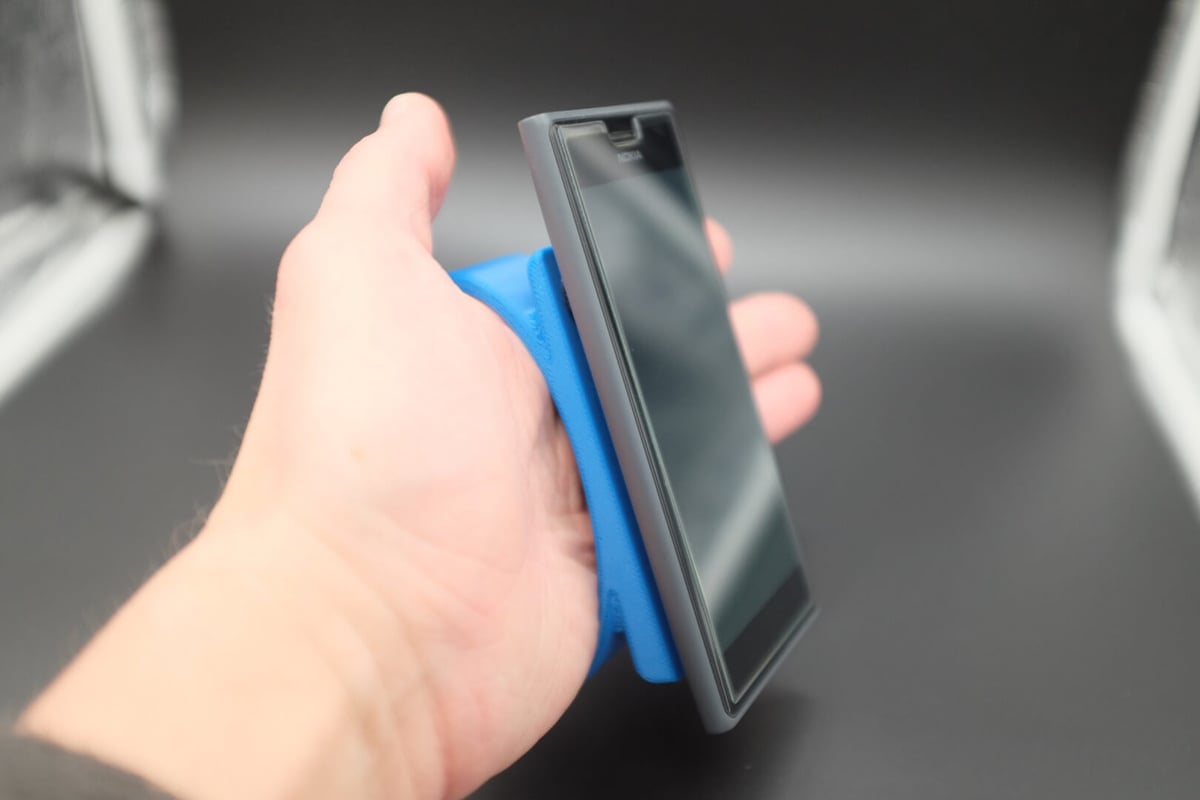Occupational therapist, Guy Ehretsmann from PoleErgo, uses 3D printing to create customized objects for patients with mobility disabilities.
Guy Ehretsmann is an occupational therapist working in Morocco who is using 3D printing to improve his patient’s lives. He is also behind the company, PoleErgo, set up to aid patients with mobility disabilities.
Ehretsmann has been interested in 3D printing since 2013. He has also been introducing the technology to universities in France. Last year, he taught over 20 occupational therapists how they could incorporate 3D printing into their daily practice and improve patient’s lives.
Ehretsmann believes it’s possible to use 3D printing to benefit patients with mobility disabilities by creating patient-specific designs. The therapist began by using simple low-cost 3D printers but soon moved onto the Zortrax M200 to create customized objects.
Ehretsmann explains: ”Before using the Zortrax printer, I devoted nearly half of my time to 3D printing. Since I’m working on M200 I estimate it to be around 2%. The important thing is to get the final object, not to experiment with 3D printing: this is an entirely different matter”.

Personalized 3D Printed Objects for Patients
To create patient-specific objects, Ehretsmann begins by making clay models. This is a cheap and quick way to see whether the object can aid the patient.
Next, Ehretsmann scans the clay model and then 3D prints the design as a ready-to-use product. The process is both quick and easy. However, Ehretsmann points out that the simple solutions can make a huge difference to a patient’s independence and comfort.
Thanks to the personalized designs, there is no need to awkwardly adjust the prints. Examples of Ehretsmann’s work include an easy to hold fork handle and a wheelchair joystick to improve control.
The benefit of 3D printing in these projects is both providing specific designs to solve an individual’s particular problem, but also that the objects are very cheap to make.
Ehretsmann’s company, PoleErgo, is not only helping patients with 3D prints but also with finding therapists who are right for their needs. You can check out the website for more information.
With the help of Ehretsmann, it shouldn’t be long before 3D printing is a popular tool for occupational therapists in both France and Morocco.
Source: Zortrax Press Release

License: The text of "PoleErgo Uses 3D Printers to Create Patient-Specific Prints for People with Mobility Disabilities" by All3DP is licensed under a Creative Commons Attribution 4.0 International License.